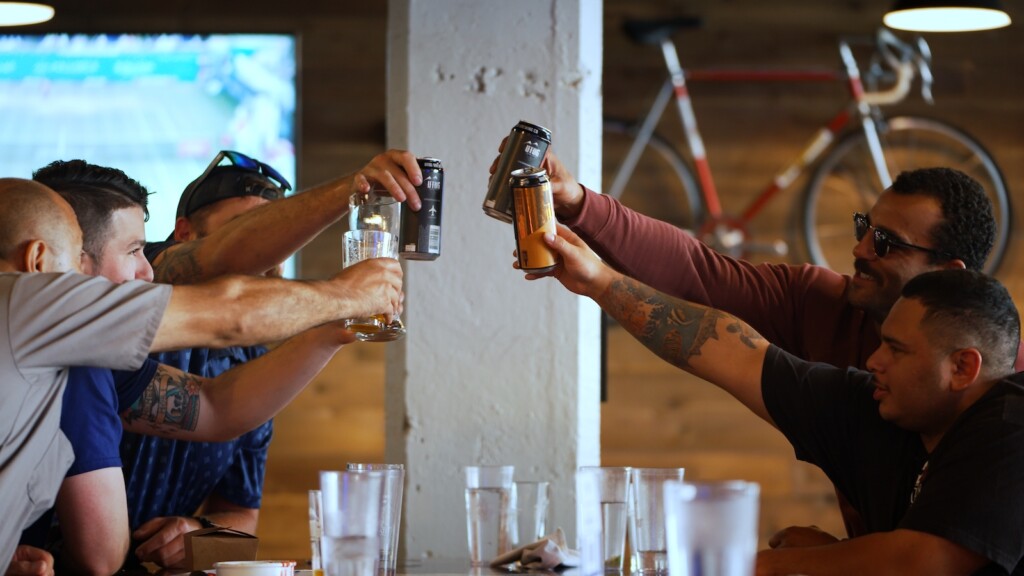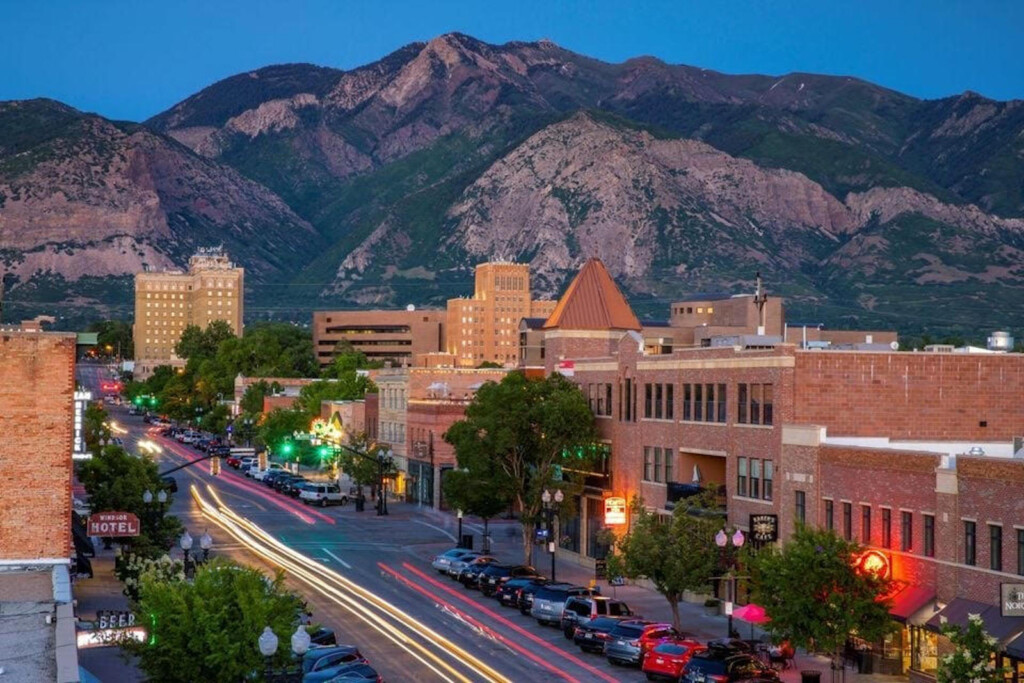
Welcome to Riverton!

Welcome to Sandy!

Welcome to Bountiful!
Traveling along the Wasatch Front, we see evidence of the larger problem of the American economy: homogenous central retail shopping districts. It’s like a bad radio station that only cycles through the top 10 hits. “And now for more oldies but goodies: Walmart! Costco! Applebees! McDonalds! And if you missed it at the last intersection, we are playing it for you once again: Taco Bell!” Again, “Taco Bell!” Once again, “Taco Bell!” It’s like, “Dude! I can’t eat any more Chalupas or Dorito-flavored tacos!
But does it really need to be this way? Actually, no. The only problem is that most of us feel that we are powerless against this relentless onslaught. Hungry? Eat at the closest fast-food joint. Need glue? Find it at the closest shop for the lowest possible price. Guaranteed!
Consumer behavior is extremely predictable. Things are the way they are because powerful forces are at work — much more powerful than we are as consumers. We might not like it, but what can we do about it?
Buy Local
In 2008, when Wall Street and the housing bubble collapsed, we were all victims because we invested in Wall Street, not only through our 401(k)s, but also in our central retail shopping districts. We put our dollars into Wall Street by shopping for everything at every store our local developers and politicians could throw at us. After all, they facilitated them. Yet Americans complain about how there are too few locally-owned shops, and how there isn’t enough character in suburbs, when every place is so cookie-cutter, according to an article by Business Insider.
According to the Institute for Local Self reliance, “…11,000 independent pharmacies have closed since 1990. Independent bookstores have fallen from 58 percent of book sales in 1972 to just 17 percent today.” The difference went to the big box vendors and Amazon.
Still, our local leaders zone for big box stores; they give corporate welfare and tax abatements to big box chains, and Utah leads the pack. Utah gave $50 million of property tax rebates to chains such Cabela’s in recent years. Cabela’s classifies its taxidermy collections as “public museums” and its gun displays as “gun libraries” to receive additional public funding. Billions of subsidies nationwide have helped Cabela’s and Bass Pro Shops become billion-dollar companies. This is done to the detriment of locally-owned businesses who receive no such subsidies.
We tell city leaders we want “a better sense of place,” so they convene and decide on a plaque, a fountain or a piece of public art. But that’s not what we really want. We want to feel a sense of our local community. To be a part of it. But it’s time we stop expecting the government to solve this problem for us. It’s time we take action ourselves. Let’s clean up our economy and start by lathering up with local soap.

If everyone in Utah bought locally-made soap, it would amount to a demand of approximately two million bars of soap per month. This could allow for at least 50 cottage-soap manufacturers each producing 20,000 – 80,000 bars/liquid soap bottles per month. If Utah consumers insisted on buying only locally-made soap, every big box would want to stock it. But if instead, we chose to buy from local shops, at least one hundred Utah families could benefit by producing soap as family-operated businesses. Kids could help in rendering lard, and adding essential oils for the varieties that appeal to men, women and children. Varieties offering vegan, paraben-free and non-GMO soap would certainly find a market share. Parents would have a reason to insist that kids turn off their video game consoles so the entire family could make soap together.
If everyone simply chose to buy their soap locally, instead of from the factory brand names, which use inferior ingredients, dyes and perfumes, it could have a very positive economic impact for both consumers and producers.
The soap industry in America
In 2017 bath soap became a $18.6 billion industry in America. Dove, Dial, Soft soap, Lever, and Irish Spring accounted for a 57% market share. That’s around $2.5 billion we could reclaim nationally, and Utah’s share would be $27 million. This could allow for around fifteen to twenty successful small businesses to produce and sell soap in Utah.
“But the economies of scale wouldn’t be nearly as good as the major players! The price would be so much higher!” This would be true. We would all need to spend more on soap, but we would have better quality, more variety and we would be supporting better jobs and higher wages, and most important, reclaim local sovereignty.
If this sounds simply too far fetched, too insane, then simply examine the craft beer industry nationwide and see how much of the nation shifting to buying that one product made an enormous impact on so many local economies.
But why stop at soap? Why not buy far more of our household and food products from local producers? Lets regain control of our economy to a much greater degree by making a truly conscious effort to buy far more products with Utah origins. But how? It’s so hard to find local products in neighborhood grocery stores, Walmarts, Targets or Costcos.
Come and do all of your Christmas shopping at our Made in Utah Winterfest. Here you will be able purchase not only a huge variety of locally-made soap, but locally-made products spanning dozens of economic sectors. Let’s reclaim our local independence and clean up the dirty deals which have sullied our local economies. §





